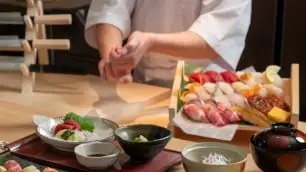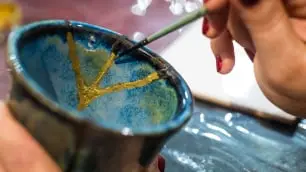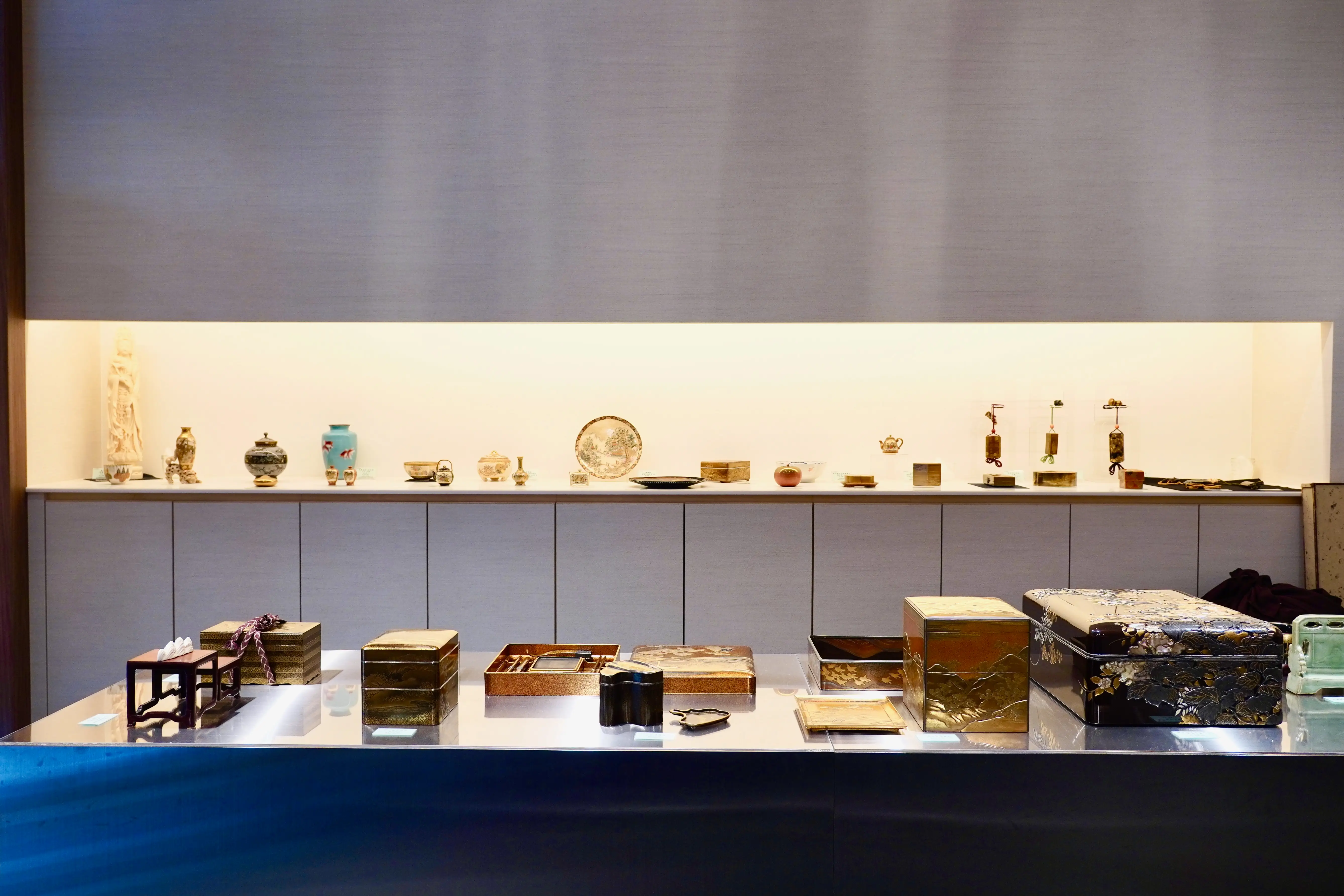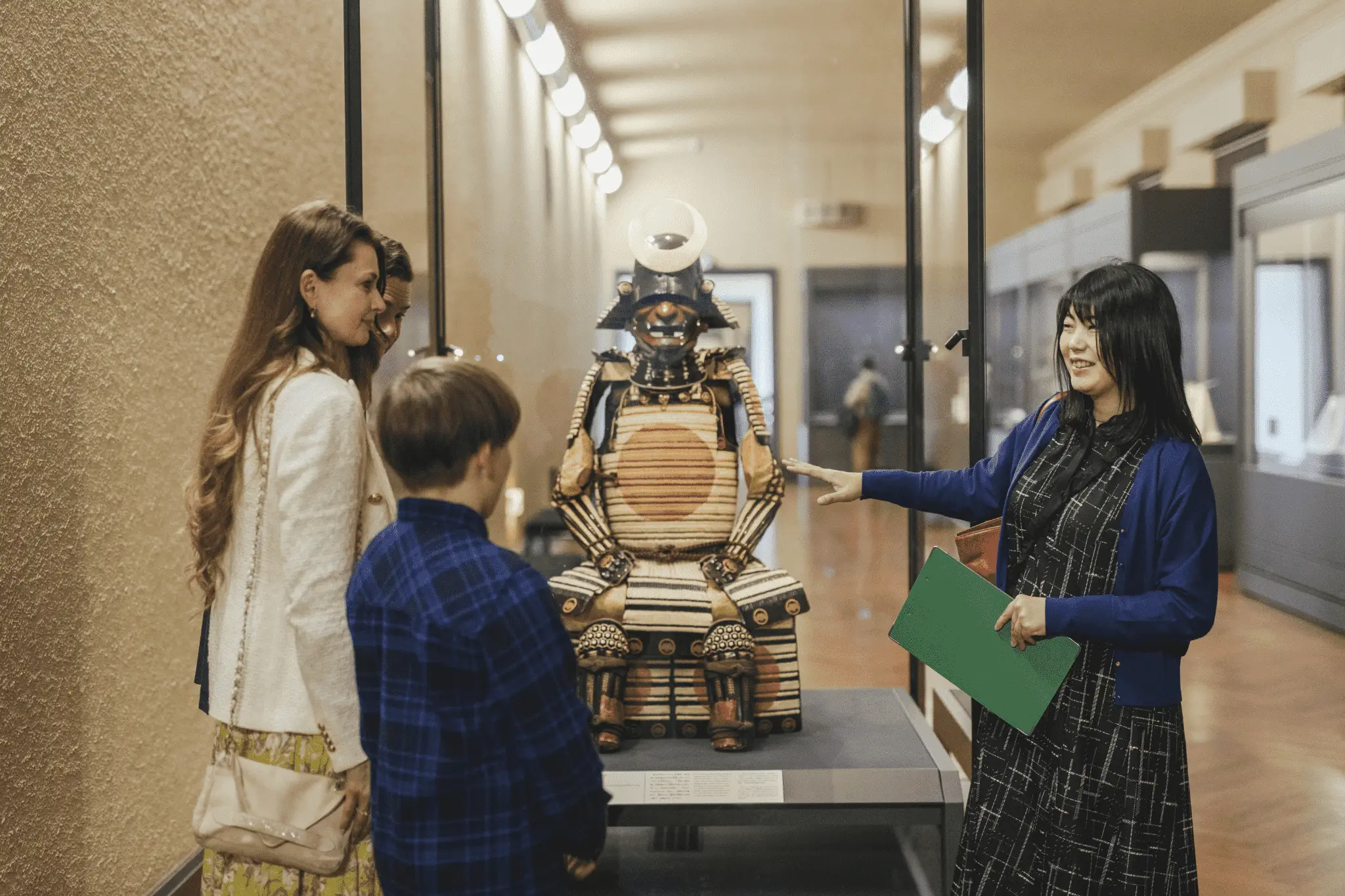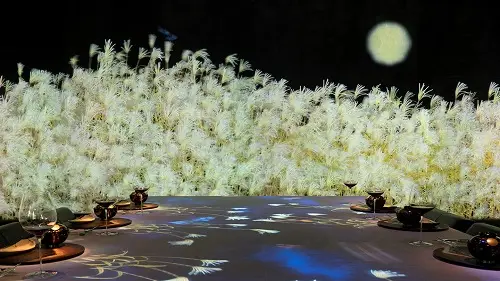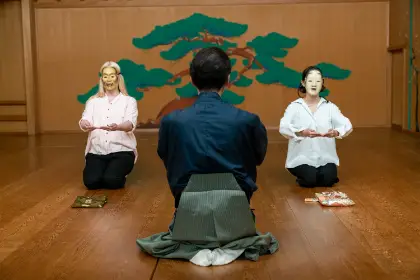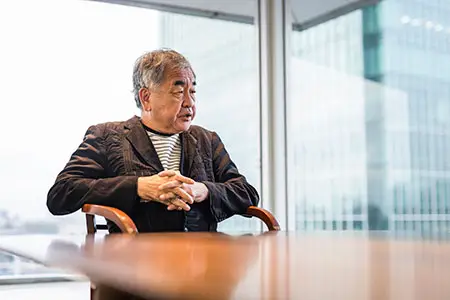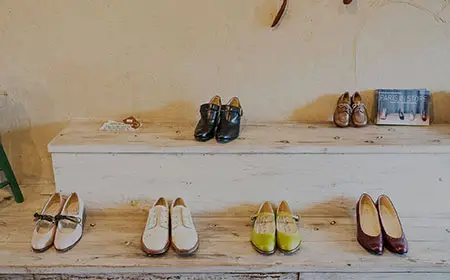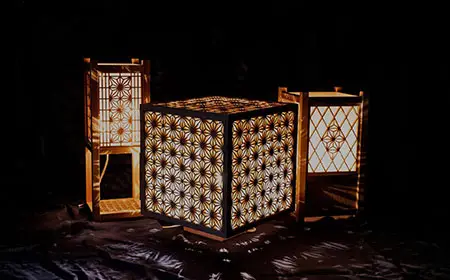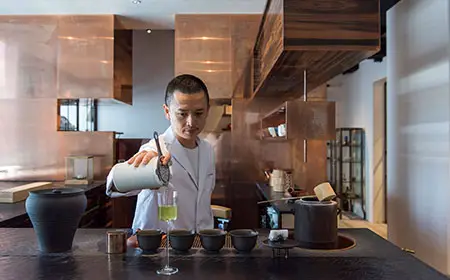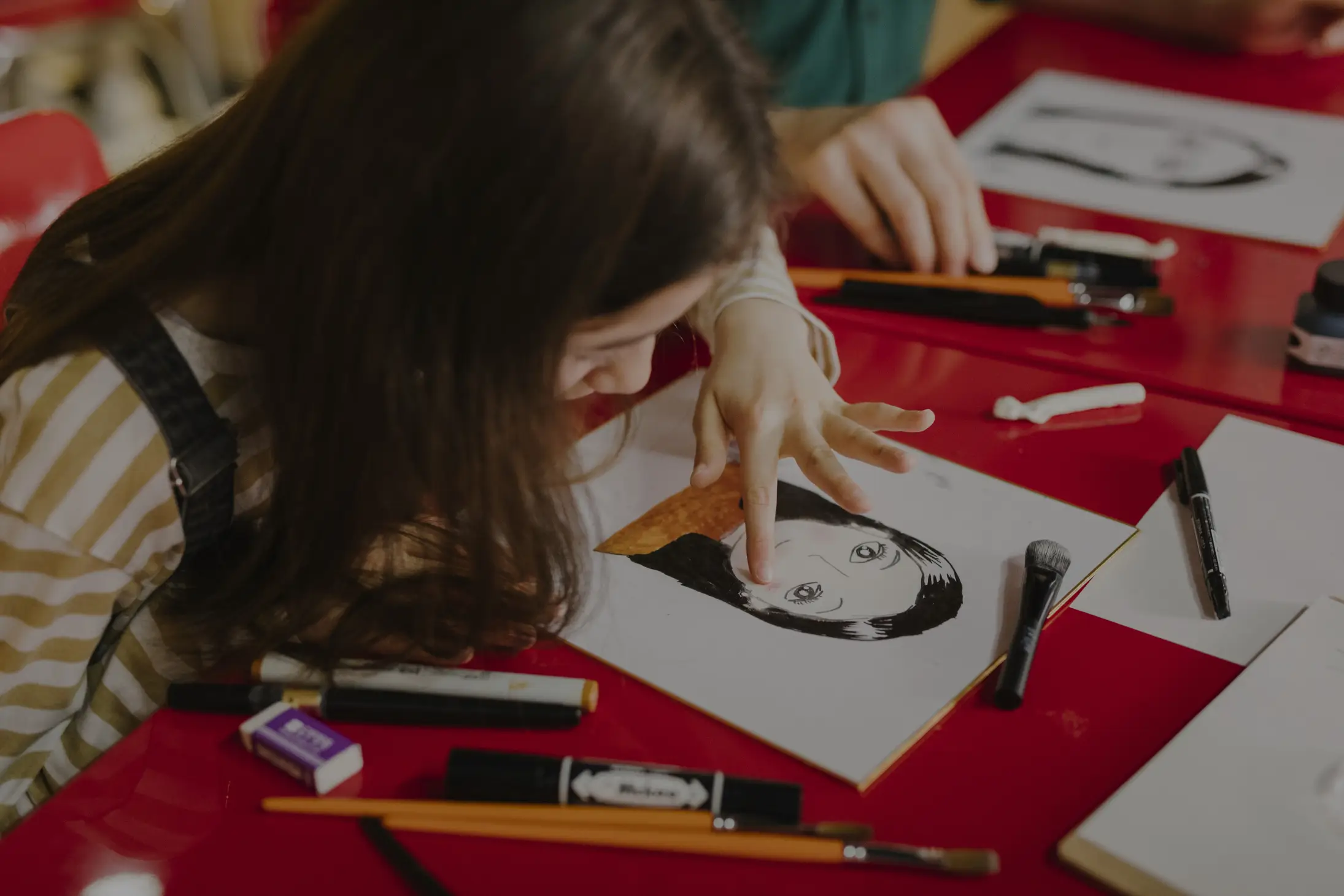
LEARN MANGA SKILLS FROM A PROFESSIONAL CARTOONIST
Celebrated manga artist Britney Hamada has made a name for herself through her acclaimed work. Learn the tricks of the drawing trade through an exclusive portrait class led by Hamada herself in Tokyo’s Asakusa area.
Manga has been attracting more and more attention overseas in recent years, becoming one of Japan’s most popular cultural exports. Whether in New York or Sydney, Paris or Singapore, fans of manga can find their favorite reads or even join manga-related conventions and other events.
As the home of manga, Japan is the best place to uncover the secrets of this art form and appreciate its complexity firsthand. In Asakusa, a Tokyo district best known for its juxtaposition of old and new, visitors can enjoy a portrait drawing class led by professional published manga artist Ms. Britney Hamada.
Since rising to fame with Pagyaru, a manga about three girls in Shibuya, which was published in the weekly magazine Big Comic Spirits over 2007–09 by Shogakukan, Inc., Ms. Hamada has been an avid supporter of bringing manga to the masses through activities such as public speaking and teaching the art at manga schools. Now, through this new experience in Asakusa, she hopes to introduce manga not only to fans but to anyone with a curiosity about manga, from children to the elderly, noting that her class is “for everyone to enjoy.”
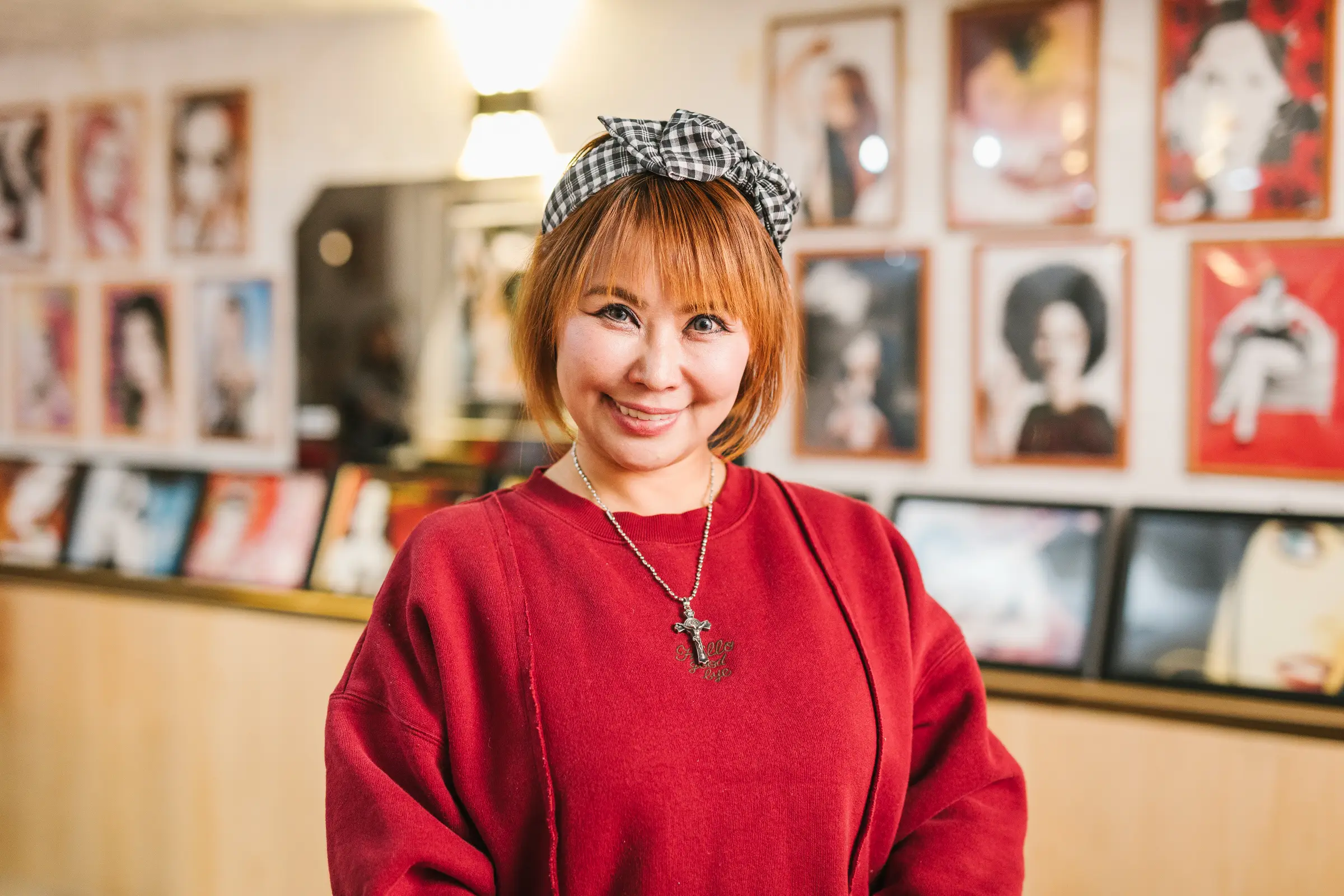
Ms. Hamada begins the experience by introducing her background as a manga artist and the tools that participants will use in the session. Pencils, pens, and paper, including materials used by professionals, are lined up next to each individual for easy use.
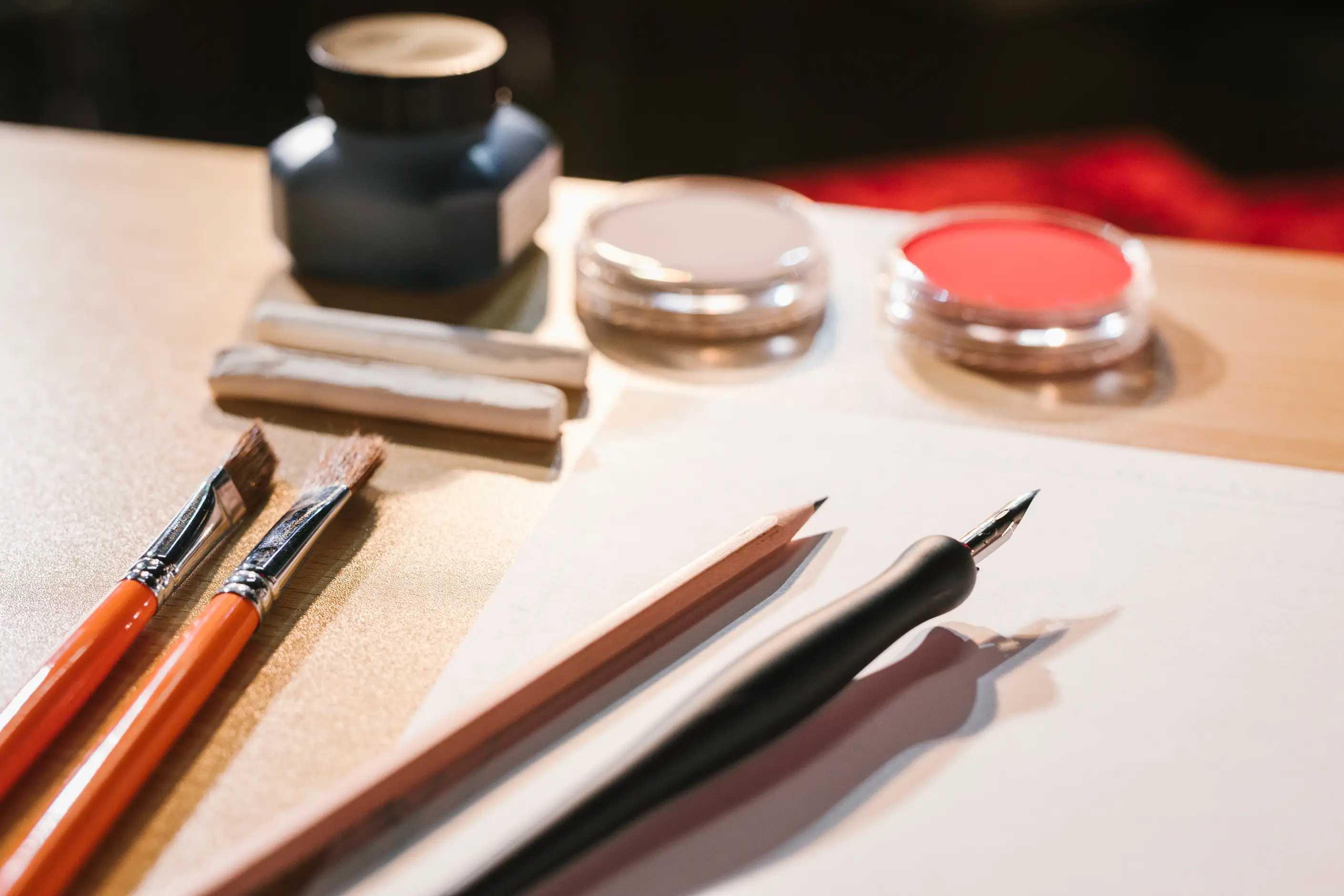
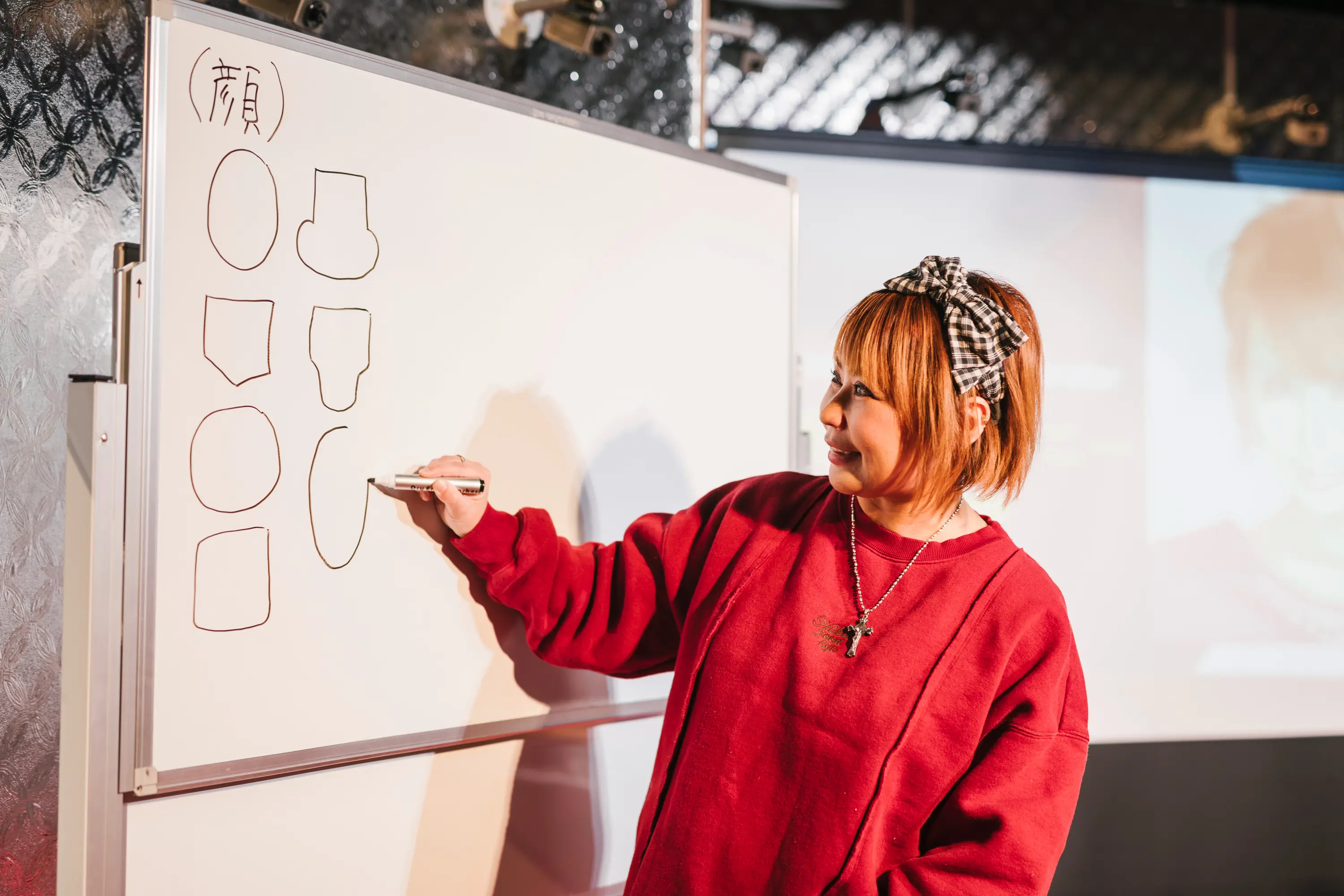
The first part of the workshop breaks down a face into its outline, eyes, nose, mouth, ears, eyebrows, neck, hair and other parts. Ms. Hamada explains how to draw a portrait focusing on each of these unique parts of a person’s face. Every individual can be said to have their own special characteristics that make others recognize them even from a distance, she explained, noting that participants would consider each part of the face in turn.
From faces shaped like squares, circles, and ovals to eyes that look surprised, wicked, sleepy, or normal, everyone drew extensive options on the paper. Then they did the same process to create various kinds of noses, mouths, eyebrows, and ears. Some considerations for the mouth include whether it opens side to side or top to bottom, as well as whether it’s possible to see the person’s teeth and tongue.
Of all the parts, the face, ears, and neck are the most important, Ms. Hamada pointed out, adding that altering these parts can create an alternate character or make an individual look completely different. Changing a “fat” neck to a “thin” neck, for example, can make the character appear old, sick, or childlike.
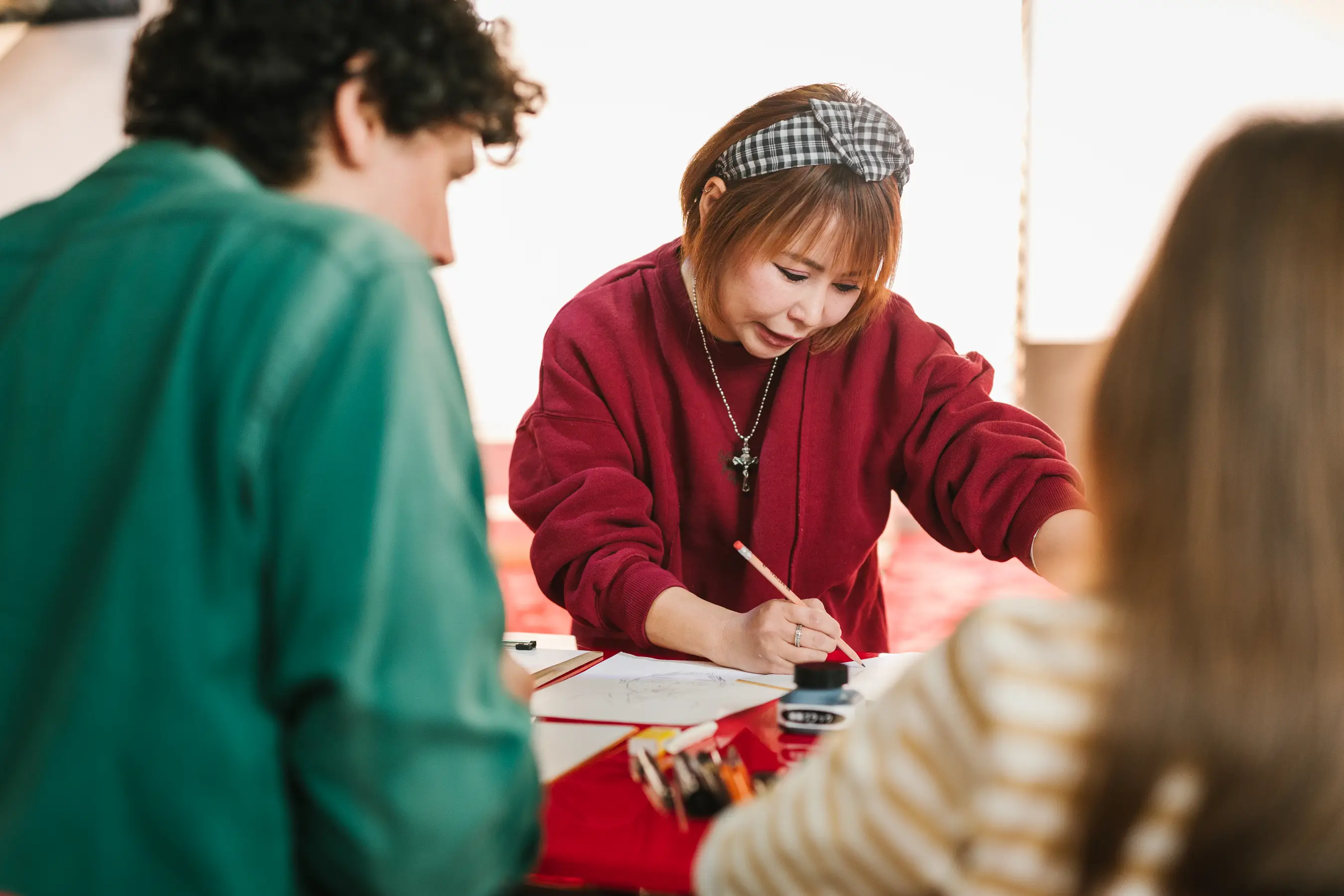
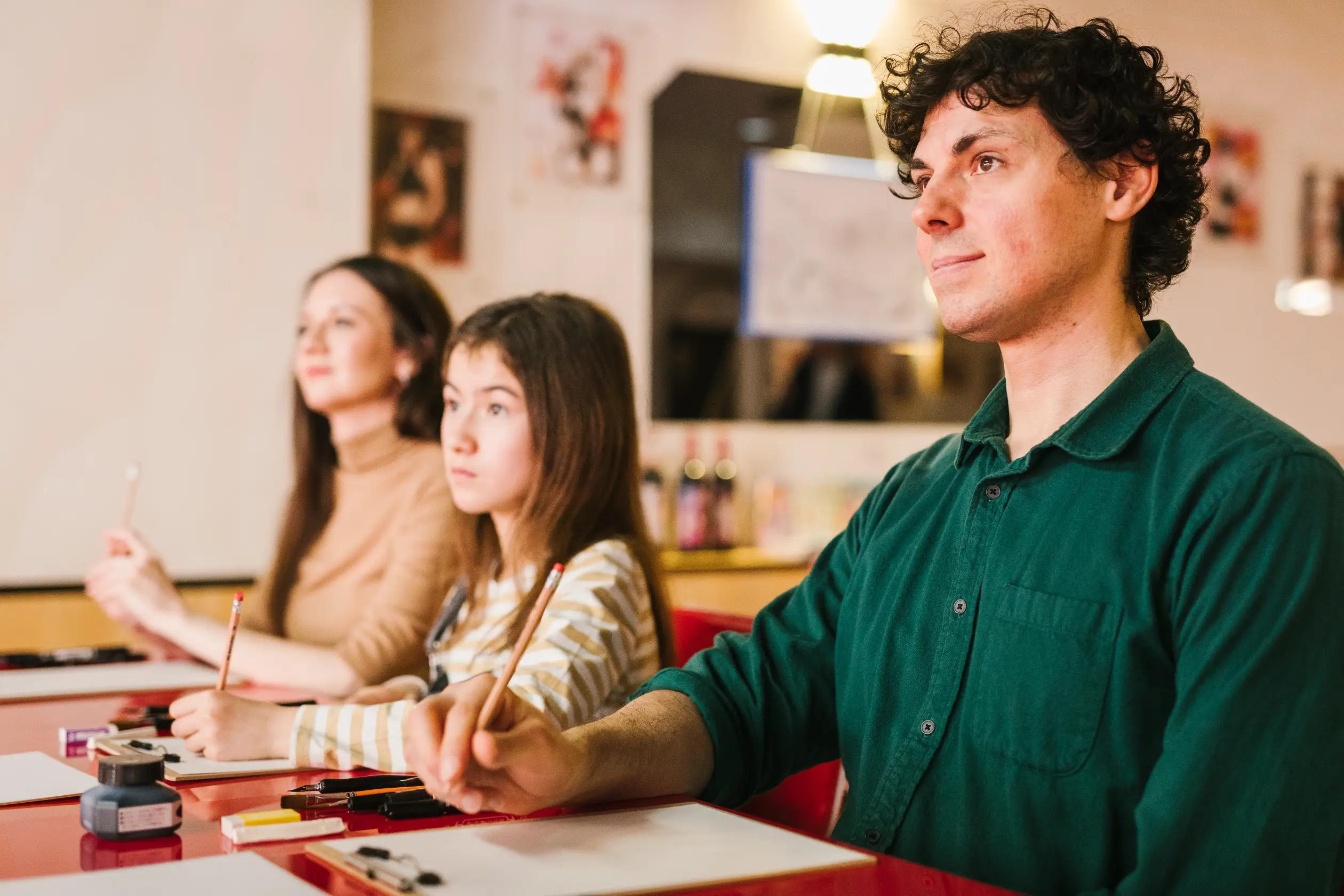
Participants were invited to create a portrait of a model as practice for their personal portraits later.
Ms. Hamada invited them to start by drawing the model’s most characteristic features followed by the other parts. Finally, rather than by drawing the hair on the face — which makes the person look squashed — the hair should be created by adding a dotted line above the face and adding the hairstyle as appropriate.
With such helpful tips and words of encouragement, everyone was able to complete their trial run successfully and receive useful individual feedback from Ms. Hamada, a unique opportunity to be cherished. They could also watch her create her own portrait of the model, which looked extremely realistic.
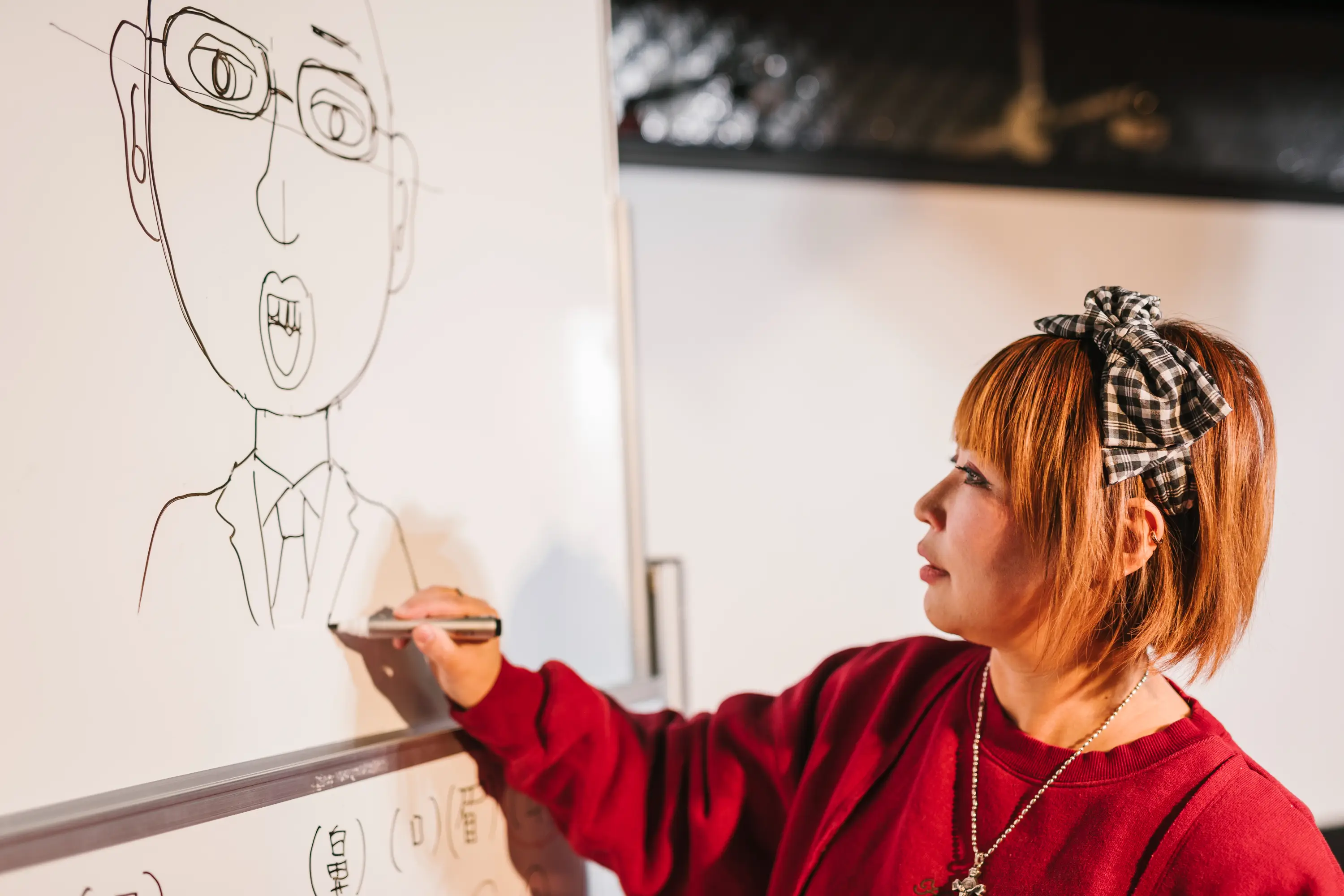
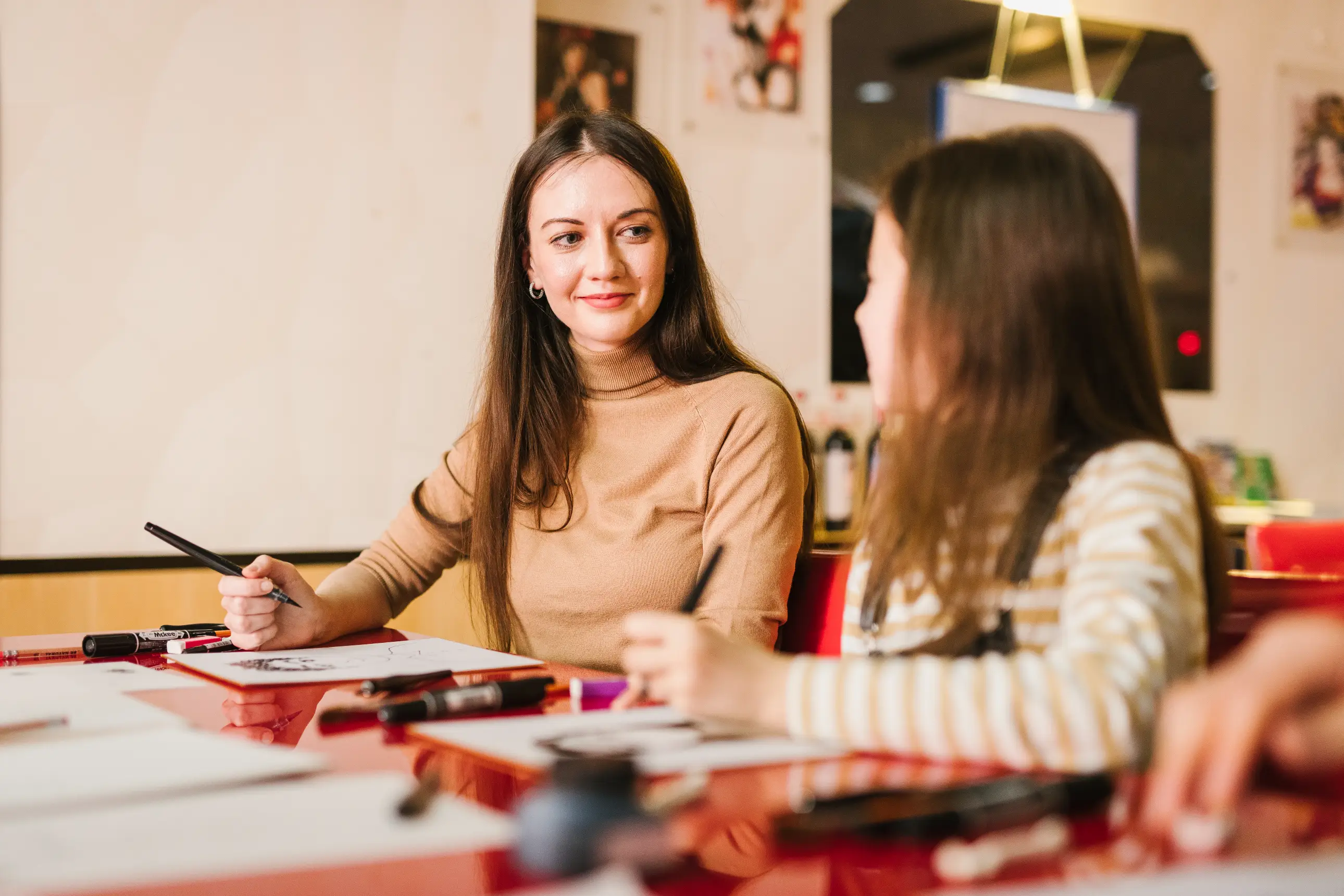
Getting better and better in their techniques, participants then were tasked with creating color portraits of each other, again aided by Ms. Hamada.
After sketching a rough draft with pencil, they were able to use a black marker pen for composing a copy of the face, a white marker pen to add highlights to the eyes, and colored marker pens to create the person’s clothes and accessories. A series of brushes and colored powders used for drawings enabled the creation of natural-looking skin tones.
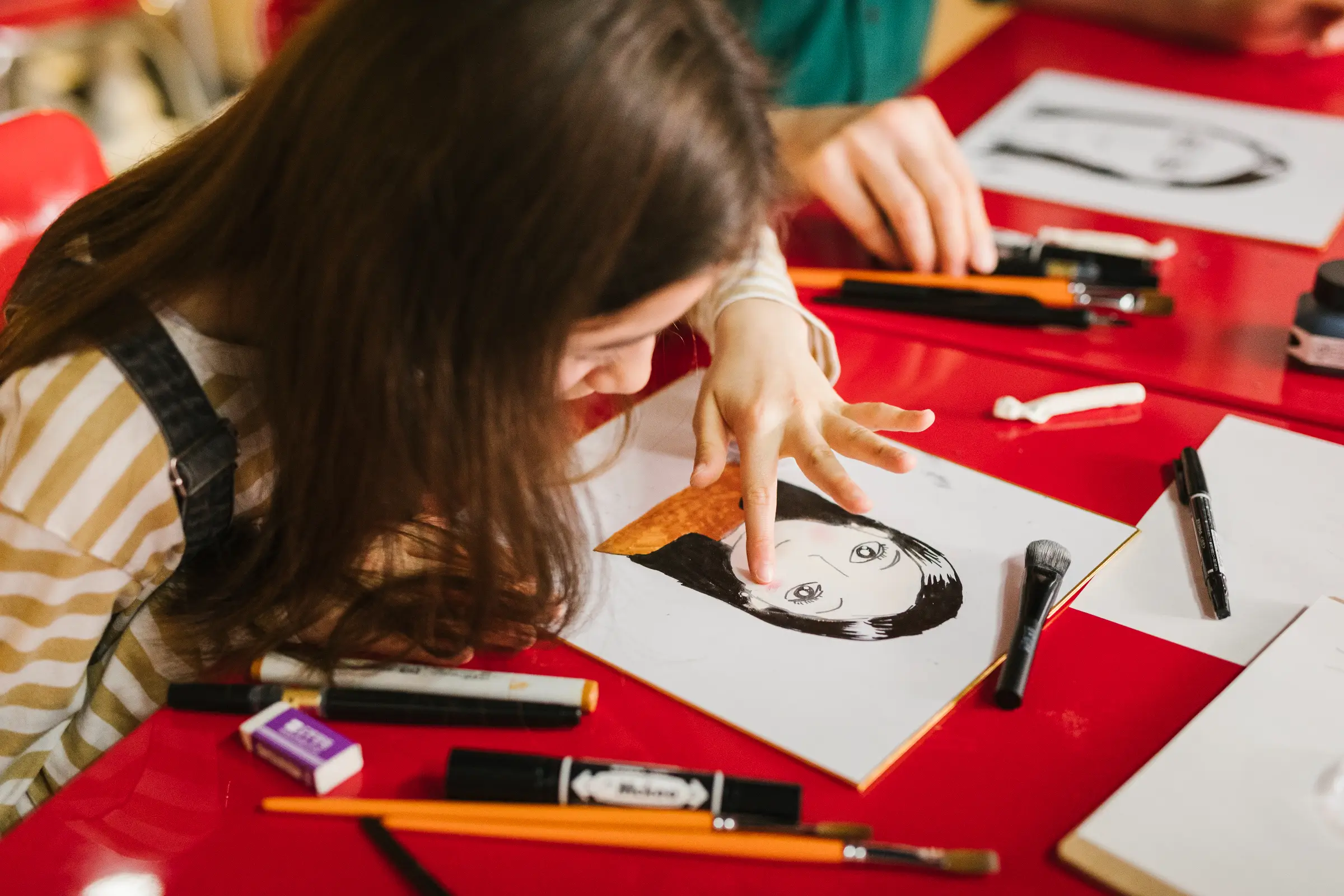
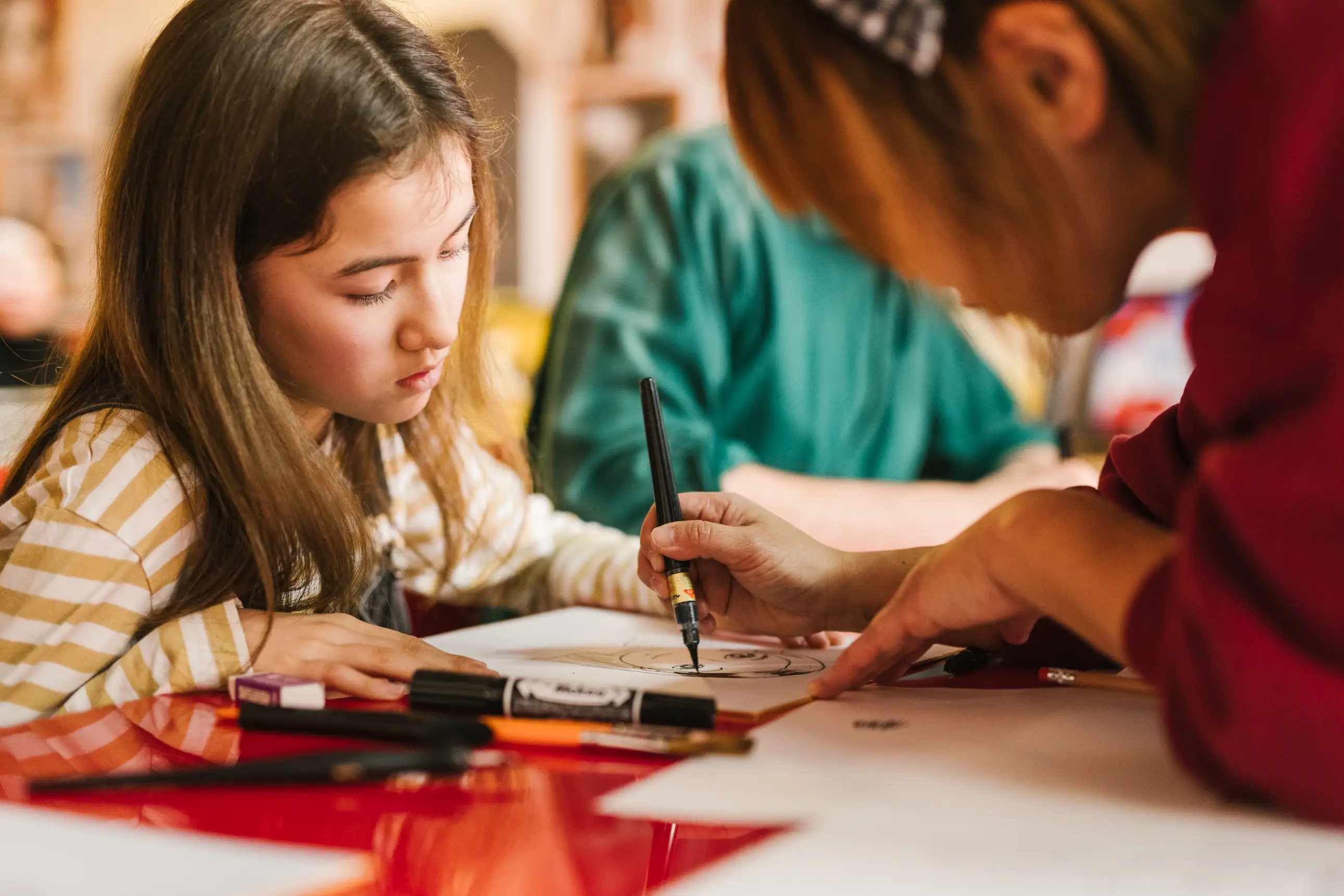
Participants were reassured to try their best without concern for the final product as Ms. Hamada was there to help, including fixing mishaps using a nerikeshi (putty-like eraser).
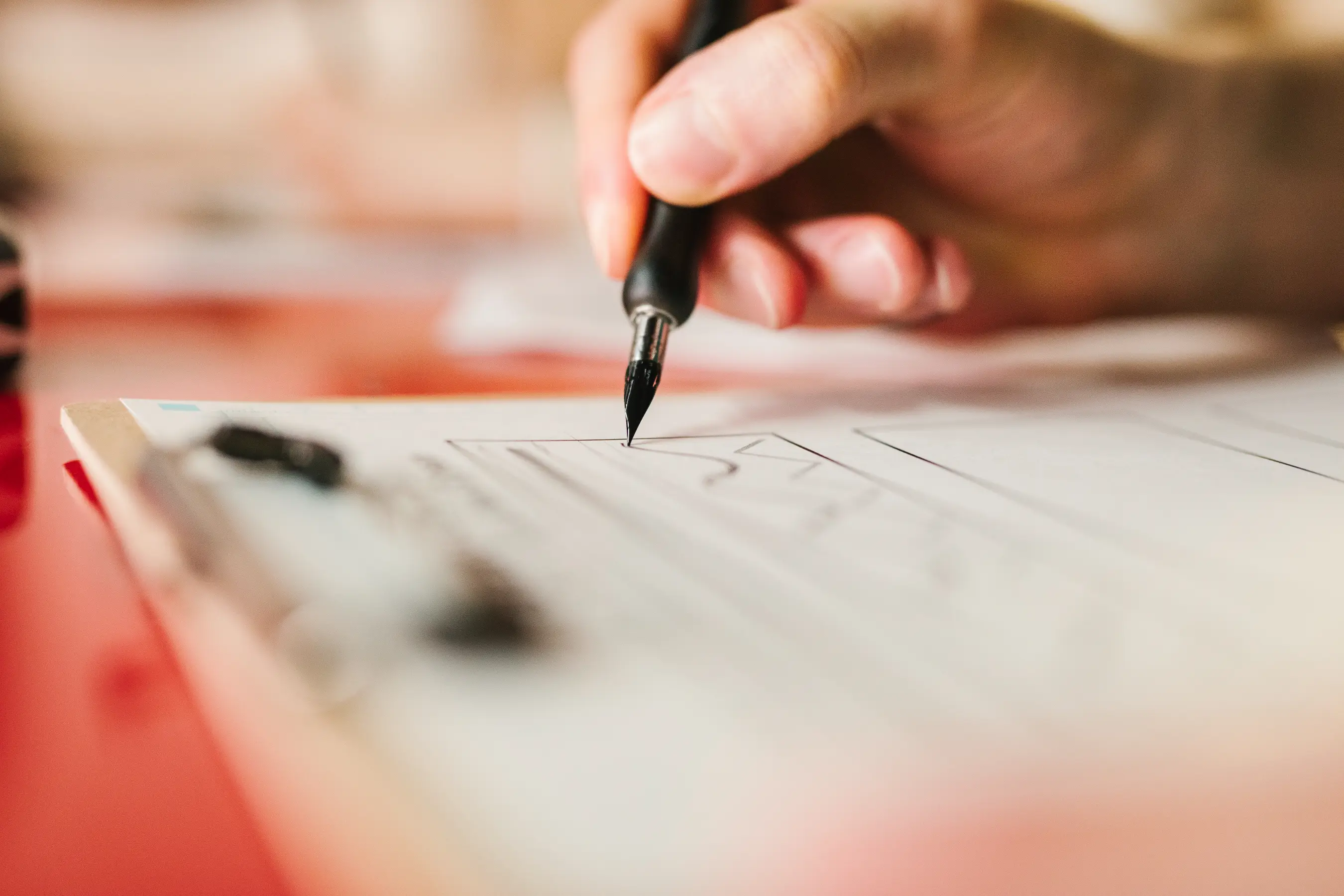
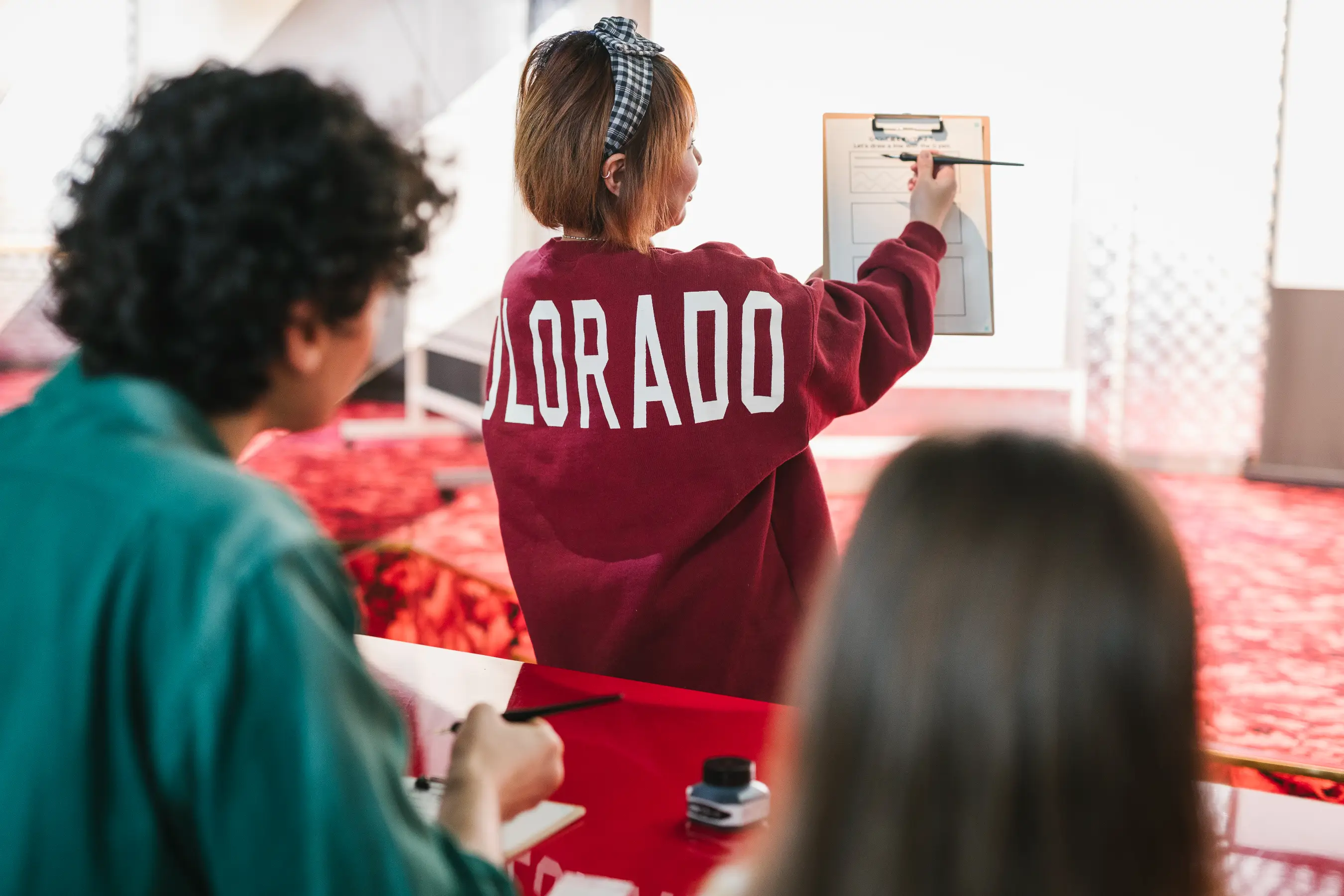
These dip pens are manga artists’ favored pens because they can create varying lines of thickness, but can be difficult to use at first, she explained as she showed how to move the pen across the page. The trick to the technique, she added, is to avoid changing the position of the fingers while holding the pen and to focus on keeping the wrist stable: a valuable insight for any lover of manga.
After making straight lines, participants moved on to creating wavy lines, zigzags, and finally patterns that look like flashes, also known as shuchusen (focus points) by manga artists. Naturally, with expert instruction, everyone was able to become more proficient, but Ms. Hamada maintains that the most important part of the experience is not mastering manga skills but having fun.
As the workshop drew to a close, participants had a group photo taken to commemorate a special time spent in Tokyo with a professional manga artist.
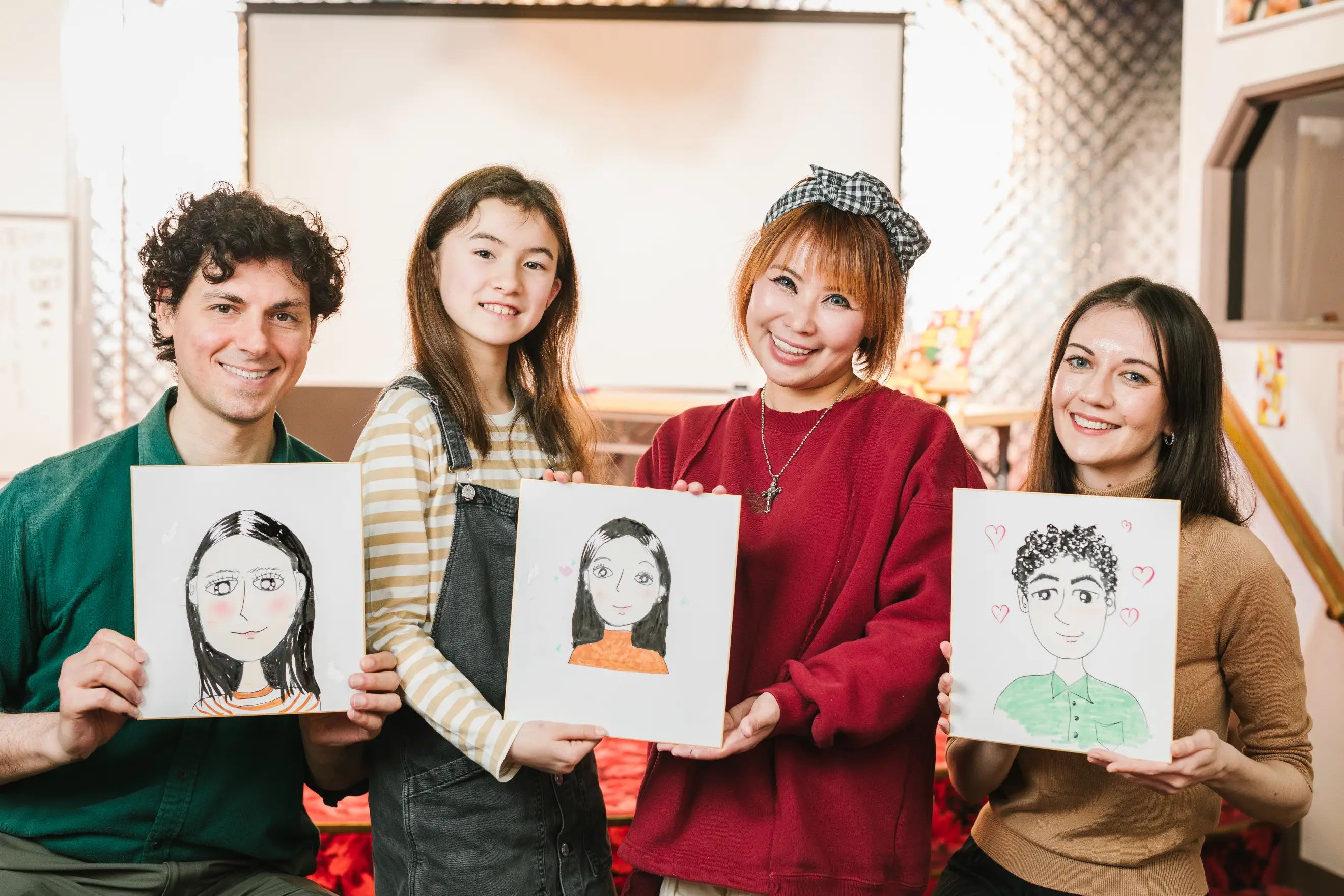
Please contact the email below for more information.
info@ken-japan.com






